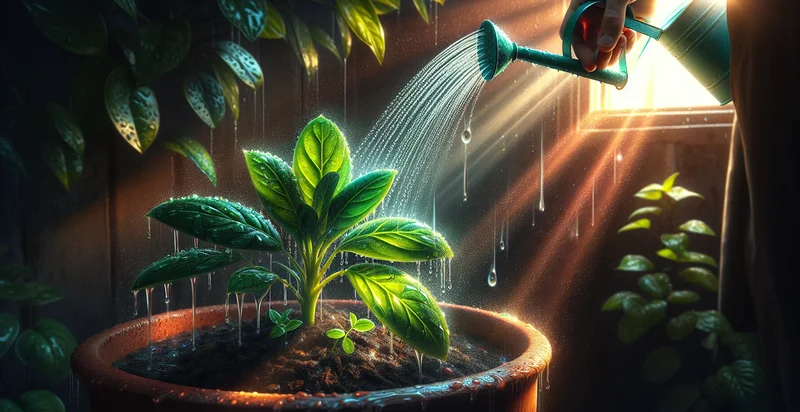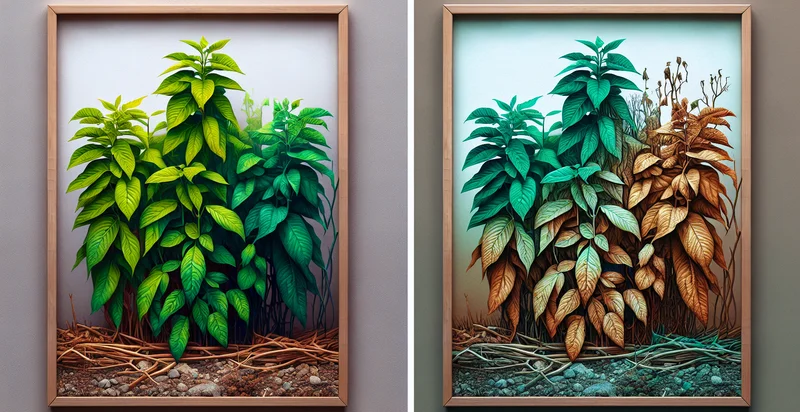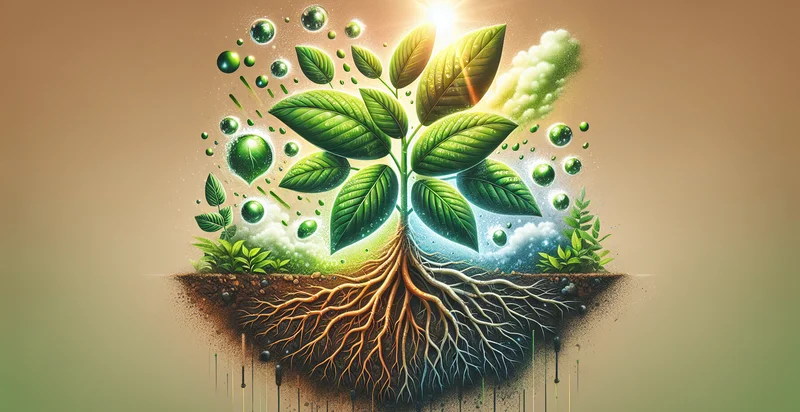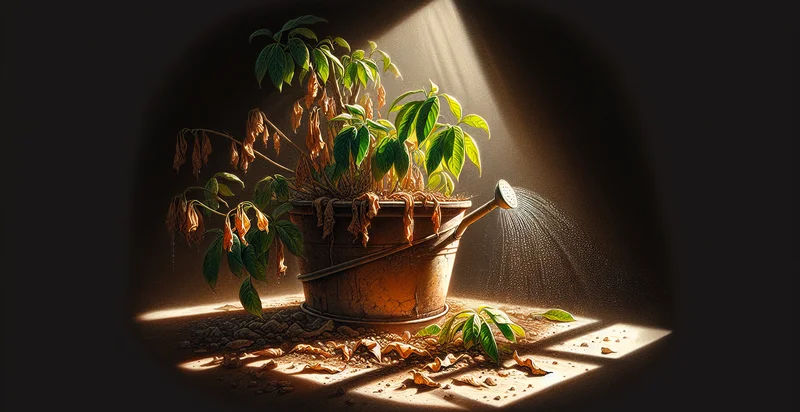Identify how watered a plant is
using AI
Below is a free classifier to identify how watered a plant is. Just upload your image, and our AI will predict how watered a plant is - in just seconds.

Contact us for API access
Or, use Nyckel to build highly-accurate custom classifiers in just minutes. No PhD required.
Get started
import nyckel
credentials = nyckel.Credentials("YOUR_CLIENT_ID", "YOUR_CLIENT_SECRET")
nyckel.invoke("how-watered-a-plant-is", "your_image_url", credentials)
fetch('https://www.nyckel.com/v1/functions/how-watered-a-plant-is/invoke', {
method: 'POST',
headers: {
'Authorization': 'Bearer ' + 'YOUR_BEARER_TOKEN',
'Content-Type': 'application/json',
},
body: JSON.stringify(
{"data": "your_image_url"}
)
})
.then(response => response.json())
.then(data => console.log(data));
curl -X POST \
-H "Content-Type: application/json" \
-H "Authorization: Bearer YOUR_BEARER_TOKEN" \
-d '{"data": "your_image_url"}' \
https://www.nyckel.com/v1/functions/how-watered-a-plant-is/invoke
How this classifier works
To start, upload your image. Our AI tool will then predict how watered a plant is.
This pretrained image model uses a Nyckel-created dataset and has 6 labels, including Dry, Moist, Slightly Moist, Very Dry, Very Wet and Wet.
We'll also show a confidence score (the higher the number, the more confident the AI model is around how watered a plant is).
Whether you're just curious or building how watered a plant is detection into your application, we hope our classifier proves helpful.
Related Classifiers
Need to identify how watered a plant is at scale?
Get API or Zapier access to this classifier for free. It's perfect for:
- Smart Agriculture Monitoring: Farmers can utilize the false image classification function to assess the hydration levels of crops based on visual cues. This enables them to optimize irrigation schedules, reduce water waste, and enhance crop yield by ensuring plants receive the appropriate amount of water.
- Home Gardening Apps: Gardening enthusiasts can use the function to analyze images of their plants through dedicated mobile applications. The app can provide insights into whether their plants are adequately watered, helping users maintain healthier gardens and prevent over or under-watering.
- Plant Care Subscription Services: Subscription services offering plant care packages can leverage this technology to personalize care recommendations. By analyzing customer-provided plant images, the service can identify hydration levels and suggest tailored watering schedules or additional products to aid plant health.
- Automated Irrigation Systems: Smart irrigation systems can integrate this function to determine the optimal watering times and amounts based on the moisture needs of various plants. This leads to more efficient resource usage and promotes sustainable farming practices.
- Agricultural Research and Development: Researchers can use this image classification function in studies focused on plant hydration impacts on growth and yield. By analyzing various plant species' watering needs, they can develop new agricultural techniques and crop varieties that thrive under specific water conditions.
- Plant Retail and Diagnostics: Garden centers and plant retailers can implement this technology to assist customers in diagnosing potential plant health issues. By identifying incorrect watering levels through image analysis, staff can recommend appropriate actions to improve the customer's plant care approach.
- Education and Training Programs: Educational institutions can use this function as part of their curriculum in horticulture and botany. Students can learn how to assess plant health digitally, enhancing their understanding of plant needs and modern agricultural technologies.


